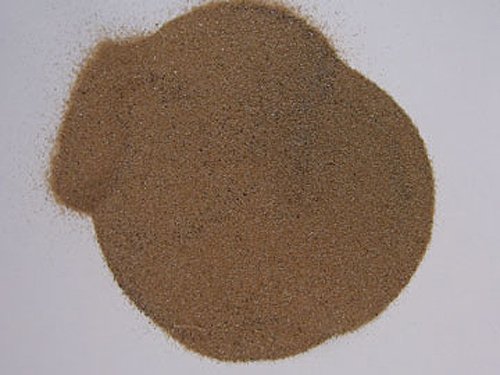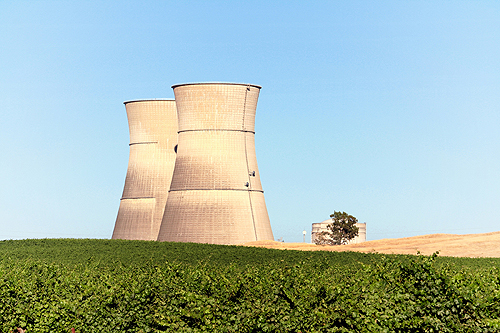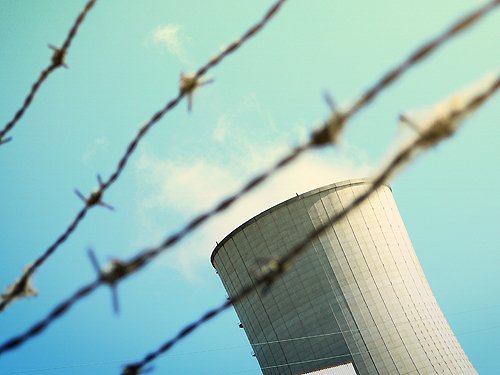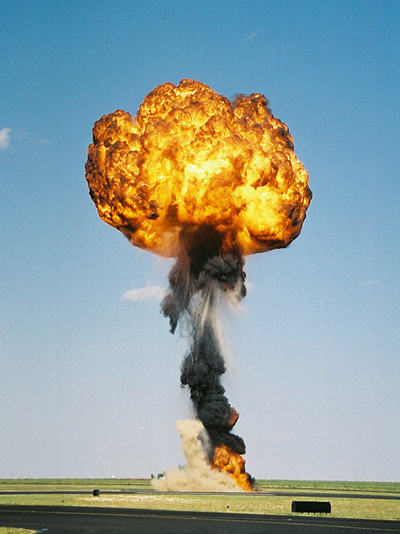Thorium: The Future Fuel for Nuclear Energy?
Thorium is considered by many as a possible substitute for uranium in nuclear power generation facilities, and after negative publicity after the merger of the Fukushima plant in Japan, it defends the hope that it can save the image of the nuclear energy as a safe alternative and environmentally friendly carbon power
The element, discovered at the beginning of the eighteenth century and named after Thor, the Norse god of thunder, is three times more abundant than uranium in the earth's crust, and on average produces 250 times more energy per unit of weight than uranium.

Unlike uranium reactors, thorium power plants would not produce plutonium, the crucial catalyst for deadly atomic bombs. In addition, it is known that spent fuel rods are much less radioactive than conventional nuclear waste, which makes energy production much greener.
However, perhaps the most powerful point of sale from a security perspective is that thorium does not continue to react on its own. Thorium requires a reactor driven by an accelerator system (or ADS), which provides an external beam of electrons to initiate the reaction. The simple removal of this beam stops the reaction and, unlike uranium, the reaction can not get out of control.
Despite the positive aspects, relatively few tests have been carried out. However, Germany, Japan, Russia, the United Kingdom and the USA. UU They have been investigating thorium-based fuel cycles for the past three decades. India has developed a three-stage nuclear power program based on the availability of abundant reserves of thorium.
Using detailed research from GlobalData, we examine the current and potential market for this nuclear power house.

Availability of thorium resources
"Perhaps the most powerful point of sale from a security perspective, however, is that thorium does not continue to react on its own."
Thorium is available in small quantities in most rocks and soils, and is three times more abundant than uranium.
On average, the soils contain six parts per million (ppm) of thorium. The most common source of thorium is monazite, the rare earth phosphate mineral, which normally contains about 12% thorium phosphate.
Australia has the highest thorium resources with 489,000 tons followed by the United States with 400,000 tons, Turkey with 344,000 tons and India with 319,000 tons.
The remaining resources are found in countries such as Venezuela, Brazil, Norway, Egypt, Russia, among others.
Australia contributes around 18.7% of the total world resources of thorium, then the United States with 15.3% and Turkey with 13.2%. India is the fourth thorium producing country with a contribution of 12.2% to the world resources of thorium. The four main producing countries represent more than 50% of the world's thorium resources.
Thorium research and development activities
During the last four decades, many countries around the world were interested in using thorium as a nuclear fuel because of its abundance.
Initially, research and development activities were carried out on the use of thorium in countries such as Germany, India, Japan, Russia, the United Kingdom and the United States. Several test reactors in some of these countries were loaded partially or completely with thorium-based fuel.
During the period 1967-1988, the versuchs reacktor atom (AVR), a nuclear test reactor in Germany with a capacity of 15 MW, was operated for almost 750 weeks, using thorium-based fuel 95% of the time. About 1,360 kg of thorium were used, mixed with highly enriched uranium.
In Canada, Canadian Atomic Energy Limited (AECL) conducted more than 25 tests on three research reactors and a pre-commercial reactor with fuels that combine uranium and thorium.
In India, the Kamini 30kWth experimental neutron research reactor, which uses U-233 as a nuclear fuel, was started in 1996. This reactor was built next to the 40 MWt Rapid Reproduction Test (FBR) reactor, in which Thorium was irradiated and the same was used in the Kamini reactor.
Current research activities of the thorium fuel cycle
In the past, several research and development activities were carried out using thorium-based fuel. But that was only limited to a small extent and the research carried out was of a basic nature.
At present, several advanced reactor conecepts are used to investigate thorium. Some of the recent research activities of the thorium fuel cycle include the following:
The gas-cooled high temperature reactors (HTGR) and the gas turbine modular helium reactor (GT-MHR) are advanced reactors developed by General Atomics. Fuel options for this reactor include highly enriched thorium, U-233 and plutonium.
The molten salt reactor (MSR) is an advanced reactor, where the molten salt is used as a coolant. The fuel for this reactor can be dissolved in enriched uranium, thorium or U-233 fluorides.
The concept of MSR was studied in 1960, but is now being revived due to the availability of advanced and sophisticated technology. Some countries such as Japan, Russia, France and the USA. UU They intend to have additional developments in the MSR reactor.

AECL is carrying out research activities on thorium fuel cycle applications for improved candu 6 and advanced reactor candu-1000 (ACR-1000) reactors with 5% plutonium along with thorium. AECL is also working with Third Qinshan Nuclear Power Company (TQNPC), China North Nuclear Fuel Corporation and Nuclear Power Institute of China (NPIC) to develop and demonstrate the use of thorium fuel.
"Thorium is available in most rocks and soils, and is three times more abundant than uranium."
The purpose of this study is to know the commercial and technical viability of the use of thorium in Candu units. India is currently working on an advanced heavy water reactor (AHWR) design, similar to the Canadian ACR design.
The fuel assemblies for this reactor contain thorium and is designed for a 100-year lifespan. It is expected to use 65% of the energy, and 75% of the energy will come from the thorium.
Rapid breeder reactors (FBR) and AHWRS play an important role in India's three-stage nuclear program. A prototype FBR reactor of 500MW was designed to reproduce U-233 of thorium.
